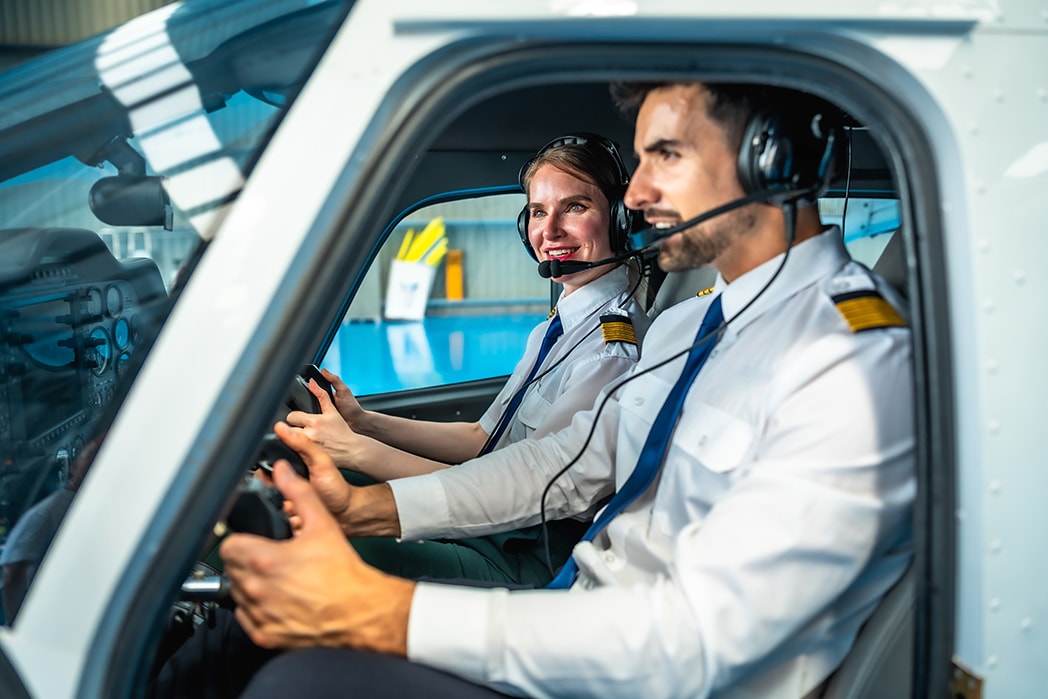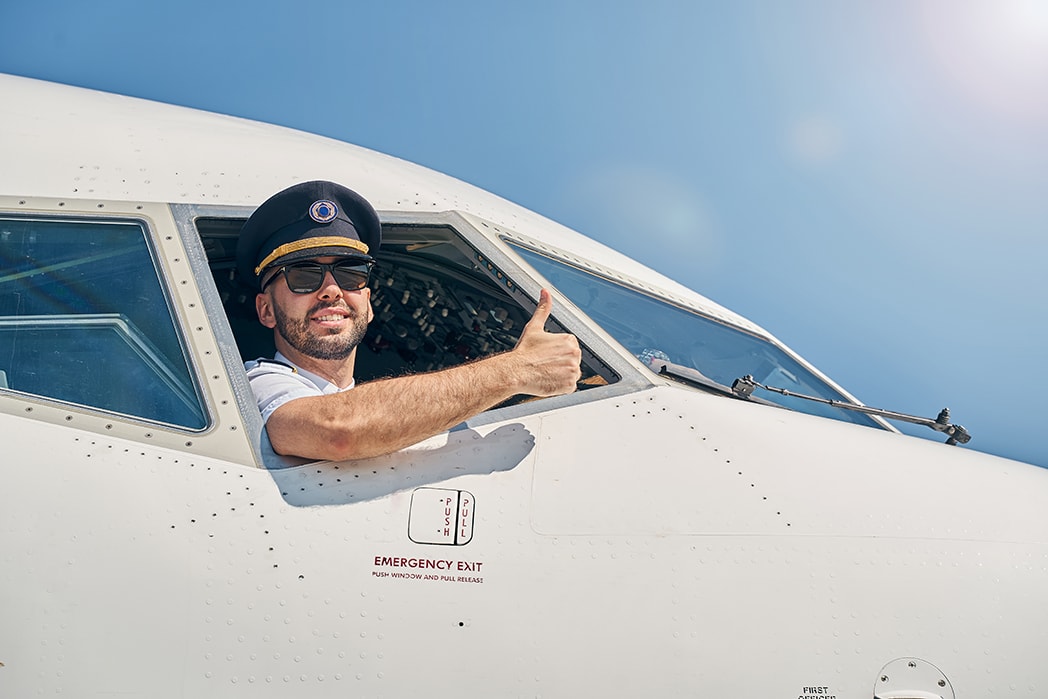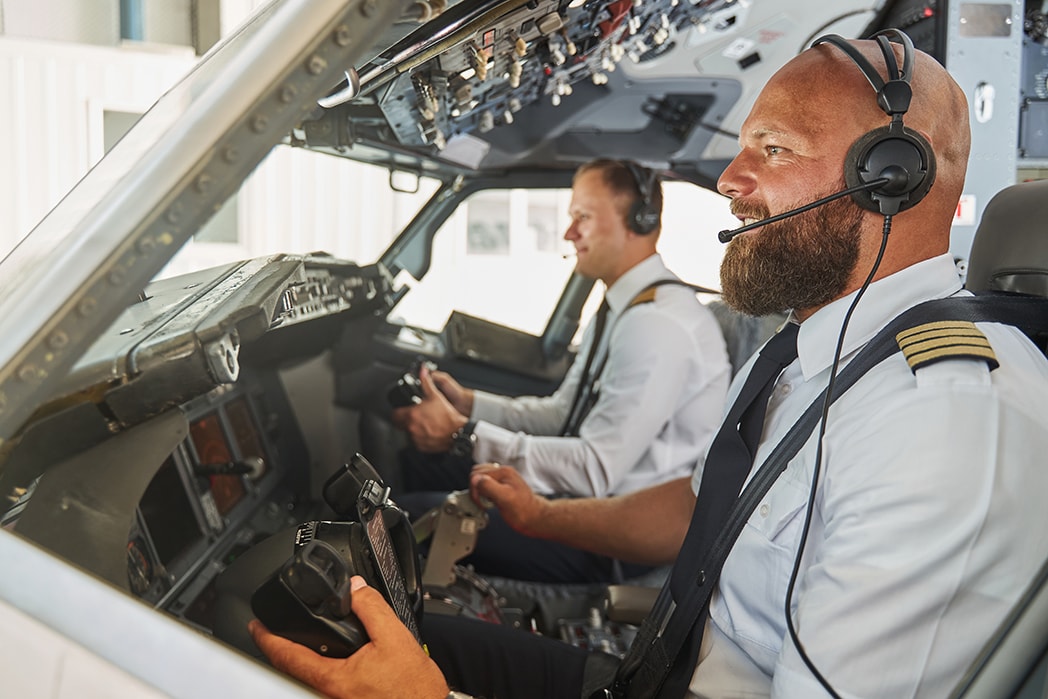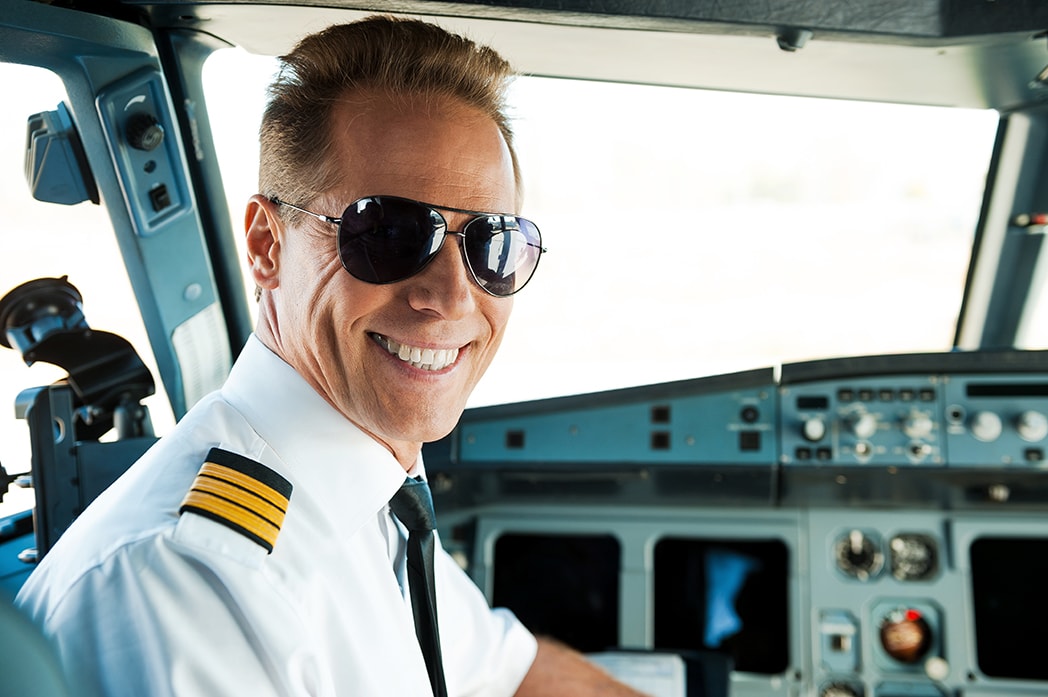Top Requirements to Be a Pilot in 2025: Your Complete Guide
Jul 08, 2025
To become a pilot you must meet the requirements to be a pilot which includes age limits, educational qualifications, language proficiency and passing medical exams.
This article will break down each of these requirements and the steps to get different pilot licenses from private pilot to airline transport pilot.
Key Takeaways
-
To start pilot training, you must meet the age, educational and language proficiency requirements to be mature, have foundational knowledge and be able to communicate effectively.
-
Pilots must get medical certifications according to their license level, the highest health standards are applied to airline transport pilots for safety.
-
Continuing education and recurrent training is required to keep a pilot’s license current to stay competent in a rapidly changing aviation industry.
Basic Qualifications to Start Pilot Training

There are several basic requirements before you can start training. These are the foundation to handle the complexities of flying.
Knowing these requirements is step one to becoming a pilot and the first step before you can begin flight training.
Minimum Age Requirement
The journey to becoming a pilot has age milestones according to federal law:
-
16 years old to fly solo.
-
17 years old to get a private pilot certificate.
-
18 years old to start commercial pilot training and get a commercial pilot certificate.
These age limits ensure student pilots have the maturity and good sense to be a student pilot.
Educational Background
High school diploma is the minimum requirement but having a college degree will definitely help. Math and physics subjects are very important as they lay the foundation for understanding flight principles and operations.
Not necessary but a bachelor’s degree will make you stand out in the competitive aviation industry.
Language Proficiency
English is a must for pilots. English is the language of aviation and a strong command of it is necessary for clear communication especially in international airspace. Effective communication with air traffic control is essential to ensure safety and smooth operations.
Aspiring pilots must show advanced or C2 level of English proficiency to ensure effective communication which is critical for safety and operational efficiency.
Medical Requirements for Pilots

Health is key for pilots. The Federal Aviation Administration (FAA) requires pilots to get one of three medical certificates depending on the type of flying they want to do.
These pilots medical certificates ensure pilots meet the health standards to fly safely as determined by an aero medical examiner.
Class 3 Medical Certificate for Private Pilots
A Class 3 Medical Certificate is required to become a private pilot. This is a flight physical with an FAA authorized medical examiner to make sure you meet general health standards to fly.
Class 2 Medical Certificate for Commercial Pilots
Commercial pilots require a Class 2 Medical Certificate which is more in depth medical and psychological testing. These exams ensure commercial pilots have the physical and mental health to handle the demands of commercial flying.
Plus commercial pilots must undergo periodic drug testing and have correctable 20/20 vision and adequate hearing.
Class 1 Medical Certificate for Airline Transport Pilots
Airline transport pilots hold the highest level of pilot certification and must meet the toughest health standards. The Class 1 Medical is a full medical that looks at your vision, cardiac health and overall physical and mental health.
These standards ensure you can fly passengers in all conditions.
Steps to Obtain a Private Pilot License (PPL)

Getting a Private Pilot License (PPL) is a big deal for any pilot. This involves a combination of theory, practical training and exams to test your proficiency and readiness to fly including the requirements for pilot licenses, which are part of the FAA pilot certificates system that governs all levels of pilot licensing in the U.S.
Ground School and Written Exam
Ground school covers essential topics like navigation, meteorology, and aviation regulations, preparing you for the written exam crucial for obtaining your PPL.
The knowledge gained here is vital for safe and effective flying in the world air.
Flight Training Requirements
The FAA requires 40 hours for a PPL, including dual and solo flights. These flight hours develop your flying skills and get you experience to fly an aircraft on your own and overall flight time.
Checkride
The checkride is the last step in your PPL journey. This includes an oral exam and a practical flight test where you show your flying skills and knowledge to a designated pilot examiner.
Passing the checkride means you’re ready to fly as a private pilot.
Advancing to a Commercial Pilot License (CPL)
If you want to make a career out of flying, the next step is a Commercial Pilot License (CPL). This involves accumulating flight hours, advanced flight training and a final checkride.
Accumulating Flight Hours
Qualifying for a CPL requires logging at least 1,500 flight hours, including:
-
Cross-country hours
-
Night flying hours
-
Pilot-in-command hours Accumulating these hours meets FAA requirements and provides necessary commercial flying experience.
Accumulating these hours meets FAA requirements and provides necessary commercial flying experience, which is essential for meeting the part 135 pilot requirements for commuter and on-demand operations.
Advanced Flight Training
Commercial pilots undergo advanced flight training, learning complex maneuvers like Chandelles, Lazy Eights and Slow Flight. Proficiency in these techniques prepares you for commercial flying.
Commercial Pilot Checkride
The commercial pilot checkride is the final step to obtain a CPL, including an oral examination and a practical flight assessment to demonstrate advanced maneuvers and operations learned during training.
Successfully passing this checkride confirms your readiness to operate as a commercial pilot.
Earning an Airline Transport Pilot License (ATPL)
The Airline Transport Pilot License (ATPL) is the top of the line pilot certification, allowing you to fly large aircraft as pilot in command. To get this airline transport pilot certificate you need to meet strict flight experience requirements, pass theoretical knowledge exams and complete a final checkride, including getting an ATP certificate.
Flight Experience Requirements
To qualify for an ATPL you need to have at least 1,500 hours of flight time, including multi pilot operations and hours of flight time. Major airlines also require type ratings for specific aircraft to ensure pilots are qualified to fly large aircraft.
Theoretical Knowledge Exams
ATPL theoretical knowledge exams test your understanding of advanced aviation subjects that are critical to flight safety, covering topics like navigation, meteorology and aviation regulations.
Final Checkride and Certification
To get an ATPL you need to pass a comprehensive checkride, including oral and practical flight tests, to demonstrate operational competence in a multi pilot environment under instrument flight rules.
Additional Ratings and Certifications
Pilots can add to their qualifications and employability by getting additional ratings and endorsements. These endorsements add to a pilot’s privileges and abilities, showing their commitment to professional development and expertise.
Instrument Rating
An Instrument Rating allows you to fly in low visibility under instrument flight rules. 35 hours of dual flight training and a practical exam is required, big time increase in flying capabilities.
Multi-Engine Rating
A multi-engine rating allows you to fly an aircraft with more than one engine, requires specific flight training and assessments to handle the complexities of multi-engine aircraft.
Certified Flight Instructor (CFI)
A Certified Flight Instructor (CFI) allows you to get paid and gain valuable flight experience by teaching others, help them build flight hours and expertise, including getting a flight instructor certificate.
The process to become a CFI requires additional training and a certification exam.
Financial Considerations for Pilot Training
Embarking on a pilot career involves significant financial investment. Understanding the costs, financing options, and potential return on investment is crucial for aspiring pilots.
Training Costs
The cost of training varies greatly depending on the flight school and type of training. Certification for specific type ratings and facilities can also impact the final cost.
Research and compare different training schools, read feedback from other students and market analysis.
Financing Options
There are various financing options for aspiring pilots, loans and scholarships. Better credit means lower loan rates and having a cosigner with good credit means better financing terms.
You can get a credit result for financing in a short time so you can plan your training budget.
Return on Investment
A pilot shortage has created a high demand and higher salaries for qualified pilots, many career opportunities and specializations, so pilot training is a good investment that may include extra pay for a professional pilot.
Major airlines are also accepting pilots without a 4 year degree, so more career options in employment.
Career Opportunities for Pilots

A career in aviation offers diverse opportunities. From regional airlines to major carriers and specialized aviation roles, pilots have a wide range of career paths to explore.
Regional Airlines
Regional airlines offer entry-level opportunities for newly licensed pilots to gain valuable flight experience with a particular airline, often serving as an experienced pilot stepping stone to a major airline after accumulating flight hours as a regional airline, including opportunities with United Airlines.
Major Airlines
Working for major airlines offers pilots a variety of career opportunities, including flying domestic and international routes.
Airline pilots often enjoy structured career paths, competitive benefits, and the chance to operate advanced aircraft across global destinations. The potential total earnings for some pilots over their career can reach impressive figures, making it a lucrative career choice.
Specialized Aviation Careers
Specialized aviation careers like cargo transport pilots, corporate aviators, and aerial surveyors offer unique opportunities within the aviation sector, each with specific requirements and rewards, including specialized training.
Maintaining Your Pilot’s License
Keeping your pilot’s licence involves ongoing training, medical recertification and continuous education. These requirements ensure pilots stay competent and up to date with industry standards and regulations.
Recurrent Training
Pilots must do recurrent training at regular intervals to keep their licences. These sessions every 12 to 24 months include simulator or in-flight training to keep skills and knowledge current.
Medical Recertification
Medical recertification is important to ensure pilots meet the necessary health standards for flying.
Depending on the type of medical certificate held, pilots must do periodic medical exams to assess their overall health, mental fitness and vision.
These exams help maintain safety in aviation.
Continuing Education
Staying up to date with new aviation regulations and technologies is key. Continuous learning through advanced training sessions and seminars helps pilots stay current with industry advancements and effective.
Summary
Becoming a pilot is a great adventure and a tough one, requires dedication, hard training and continuous learning.
From meeting basic qualifications and medical requirements to advancing through various pilot licences and exploring different career paths, each step gets you closer to your dream of flying. As you start this journey remember the skies are not just a destination but a journey full of possibilities.
